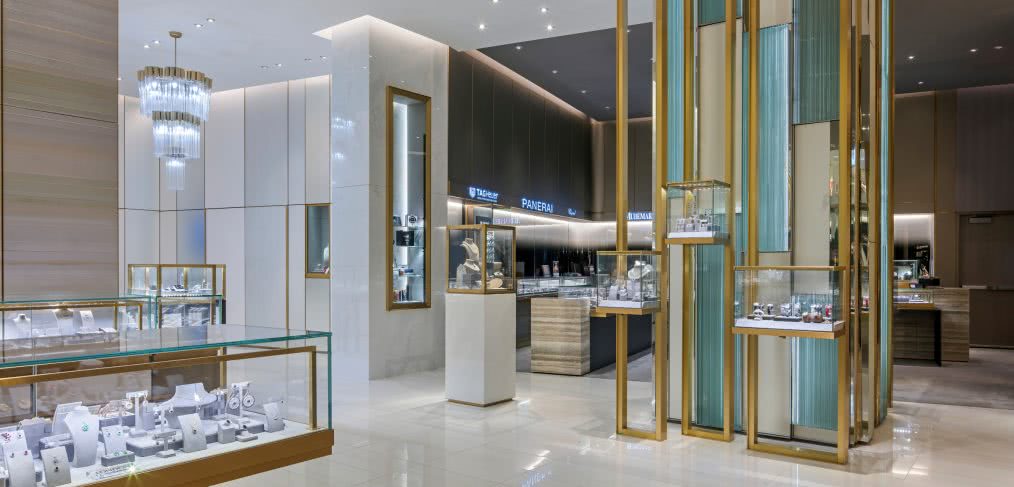
Sparkle and Shine: 4 Rules for Lighting Design
Jules Gim, head of the in-house CRTKL lighting design studio, breaks down the important factors for lighting design in jewelry stores.
Walking through jewelry stores is always a captivating experience. Surrounded by exquisite sparkling and shimmering objects of beauty, you feel transported. But it’s not just the jewelry that catches your eye. In fact, behind the scenes, we designers have spent a significant amount of time and energy to light the stunning pieces before you.
The interior design of a jewelry store is crucial to displaying bejeweled pieces to their best advantage, and the main component in a store’s design that draws out a jewel’s dazzling effect is lighting. For jewels to be seen properly, they must be placed in the appropriate lighting. Lighting in the store and inside of display cases should complement the gemstones and entice buyers.
So, you want to enhance some bling? Here are four tips:
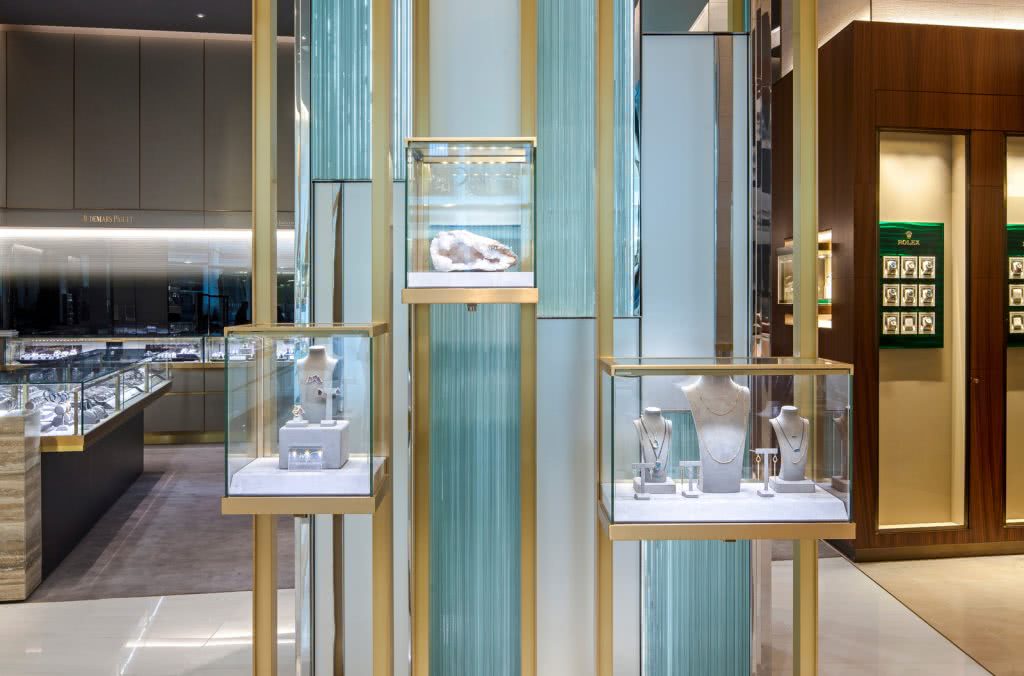
- ALWAYS have integral millwork lighting in cases. Linear LED strip-lighting with tightly spaced diodes reflects off all jewelry facets, creating the dazzling sparkles. Relying only on ceiling lights is not as effective or dramatic.
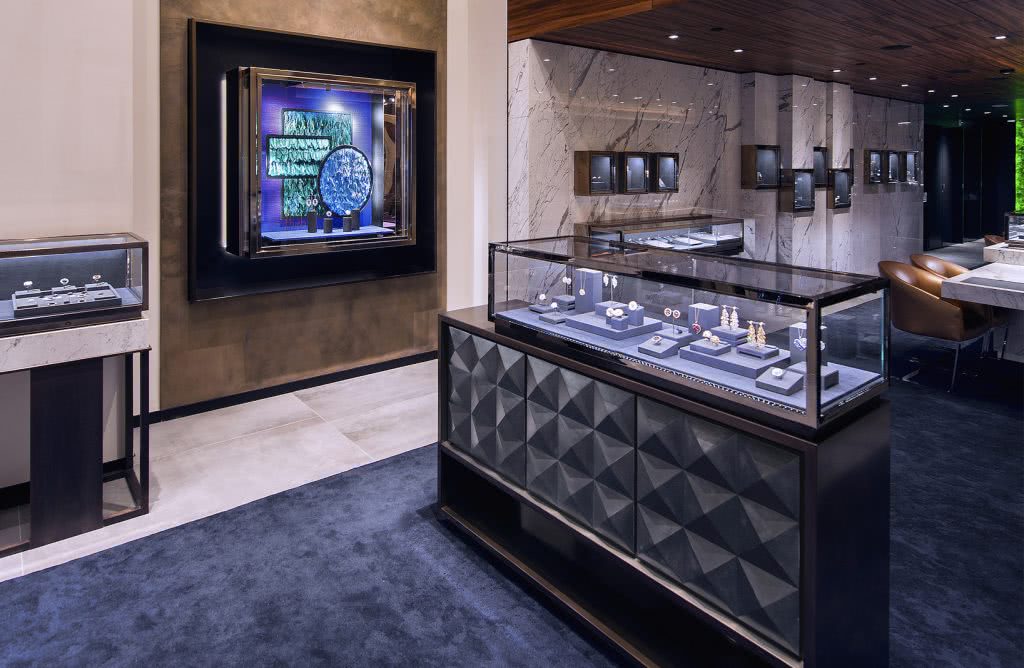
- For millwork lighting to be the most effective, lighting equipment should be hidden from view so as to not inadvertently reflect in millwork glass and metal frames.
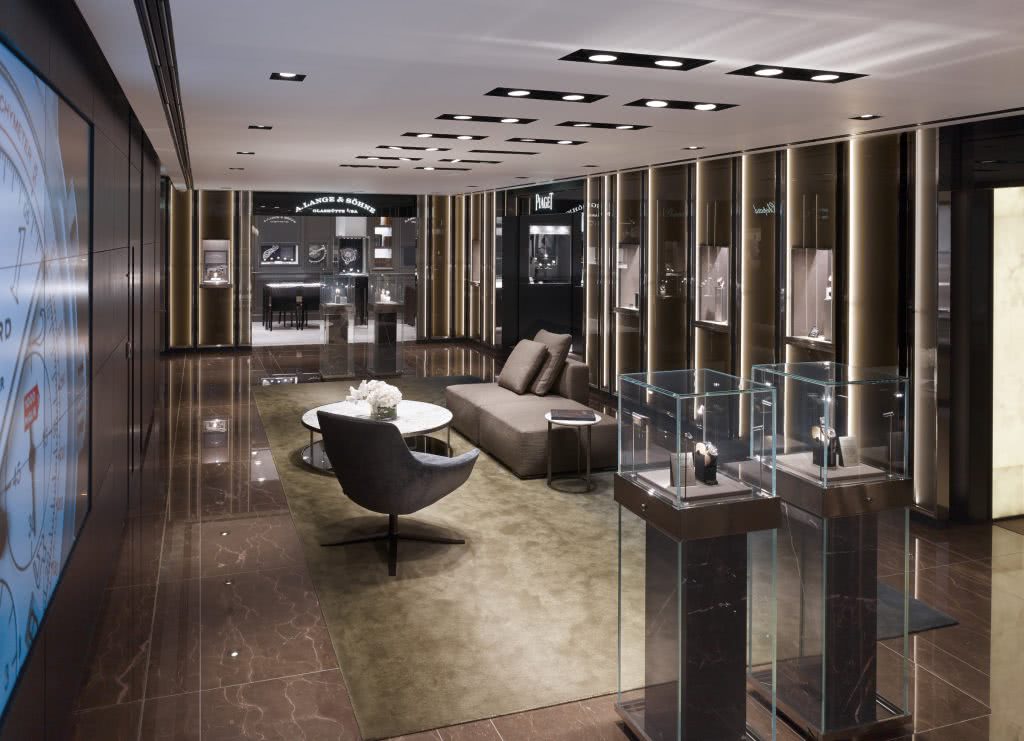
- In millwork cases, a cooler white color temperature creates a visually crisp light; it especially enhances diamonds, sapphires and platinum.
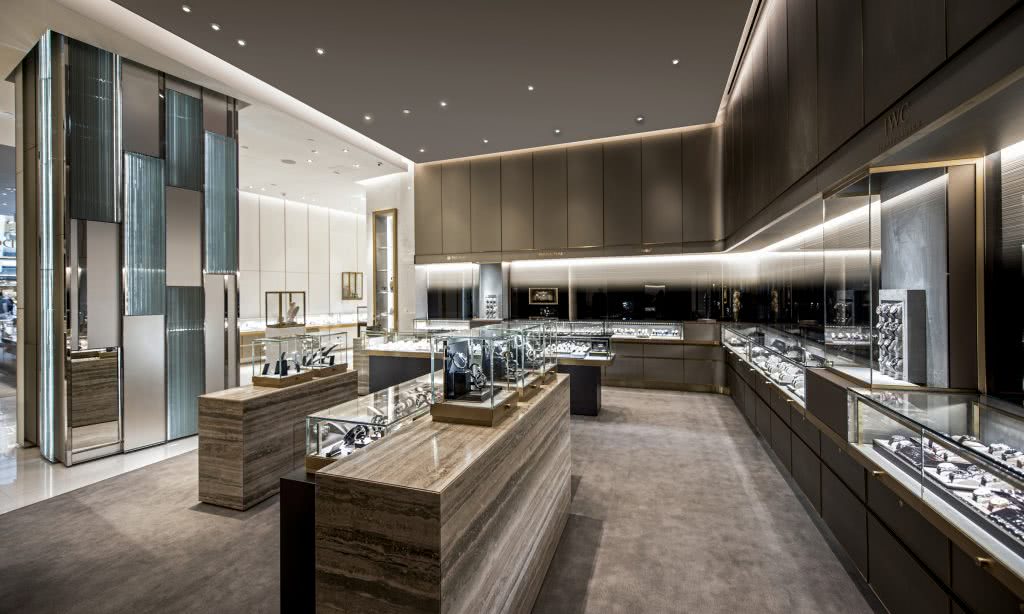
- Using a warm white temperature for the ceiling lights will flatter skin tones as people look in the mirror while trying on various baubles.
Jewelry store and case lighting is just as vital as the precious stones being sold in-store—and choosing jewelry store lighting is no easy feat. Unwanted shadows and glare are probably the most important factors to consider when implementing your lighting design. However, the proper use of lighting will enrich the visual effect of any jewelry store, creating more sparkle, shimmer and show.
